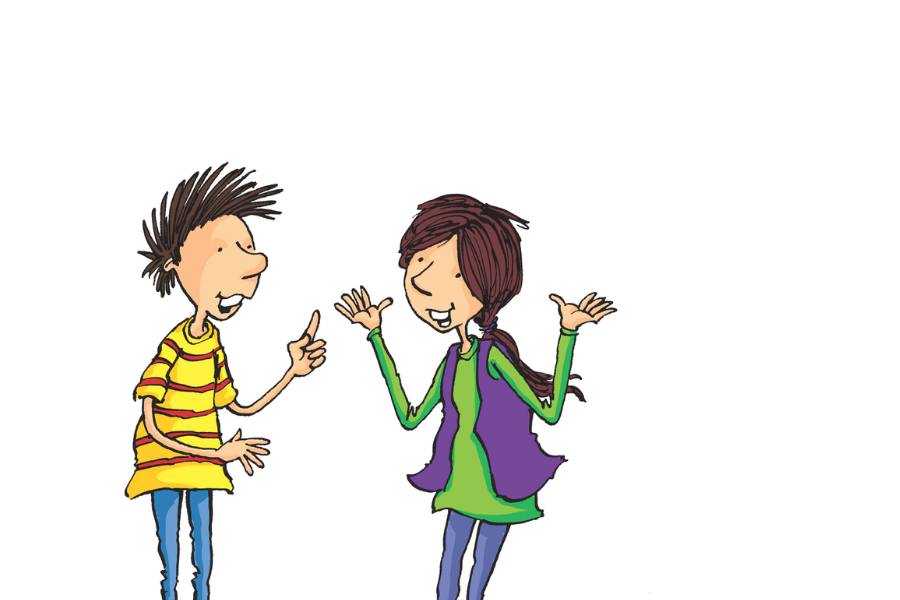According to a site on Pinterest, there are 188 words you could use instead of ‘said’. The question is, should you use them?
Here’s a quick quiz. In 20 seconds, count the number of ‘F’s’ in this sentence.

Did you get 3?
Or 6?
How many people noticed the word ‘of’? That’s another 3 ‘F’s’ in the sentence.
Most readers will probably only notice ‘F’s’ in the main words. That is because when we read, we read in phrases, NOT individual words.
We automatically take in the common words:
- of
- and
- the
- but
Plus of course – said.
It’s great to use words like ‘yelled’ or ‘whispered’ when writing dialogue, but these should be used sparingly. Trying to use too many synonyms for ‘said’ can result in bogging down the dialogue. E.g.
‘I’m scared,’ she whispered.
‘It’s OK,’ he insisted.
‘What if my parents found out?’ she queried.
‘They’ll never know,’ he muttered reassuringly.
Note: This was a dialogue about two kids climbing a tree!
So how do you give dialogue impact?
Script writers are trained to keep dialogue very sparse – then use body language and actions to reveal the real meaning behind the words. Writers use exactly the same technique, here are a few examples:
- ‘I can’t believe this!’ He slammed down the lid of the photocopier and tried not to kick it. ‘I have to have this for class – now!’
- ‘How could you say that?!’ Her eyes narrowed and somehow the room got colder.
- ‘Great idea,’ he said and shut the book with a smile.
- ‘No,’ she said. Her voice was quiet and she didn’t look up
Go to any book or manuscript online and see how often the word ‘said’ is used. Hundreds of time!
So use the strength of the actual dialogue to create the power. Use ‘said’ to give a quick tag about who is speaking. Then use the body language tags to add richness and complexity to writing.

Step 2: Sizzling Starts is fun to teach, easy to learn and will have your students cheering for more!


